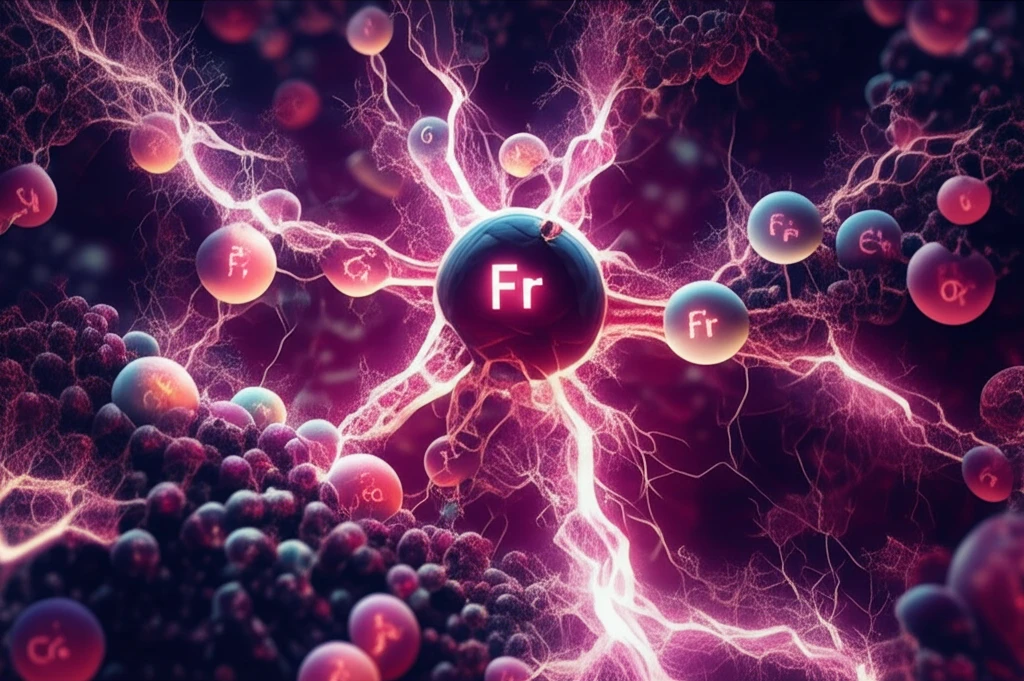
Unlocking the Secrets of Epoxy Resin: How Fluorination Can Revolutionize Electrical Insulation
"Discover the innovative technique of direct fluorination and its surprising impact on enhancing the electrical characteristics of epoxy resin alumina nanocomposites."
In the world of electrical engineering, insulation is key. Epoxy-based nanocomposites have emerged as strong candidates for improving insulation in various applications, from printed circuit boards (PCBs) to high-voltage direct current (HVDC) systems. These materials blend the robust adhesive and mechanical properties of epoxy with the enhanced characteristics of nanoparticles, offering a promising route to better performance.
Among the various nanoparticle fillers, alumina has gained prominence due to its exceptional mechanical and electrical properties. However, a significant hurdle remains: nanoparticles tend to clump together, or aggregate, within the epoxy matrix. This aggregation undermines the potential benefits, leading to performance that falls short of theoretical expectations. Achieving uniform dispersion of nanoparticles is crucial to unlocking the full potential of these composites.
Enter direct fluorination, a surface chemical modification technique that has shown promise in enhancing the chemical stability and electrical properties of polymers. By introducing fluorine atoms to the surface of the material, this method can improve surface characteristics without altering the bulk properties of the insulation. This article explores how direct fluorination of epoxy resin alumina nanocomposites can revolutionize their electrical characteristics, paving the way for more efficient and reliable electrical insulation.
The Science Behind Fluorination: How It Works

The study focuses on using direct fluorination to modify epoxy/Al2O3 nanocomposites. The process involves exposing the nanocomposites to a mixture of fluorine and nitrogen gas (F2/N2) under controlled conditions—specifically, a pressure of 0.5 MPa at a temperature of 40°C. But before fluorination, the nano alumina particles undergo a crucial pre-treatment step.
- Fourier Transform Infrared Spectroscopy (FTIR): This technique identifies the chemical bonds present in the material, confirming the successful bonding of the saline coupling agent to the alumina nanoparticles.
- Atomic Force Microscopy (AFM): AFM provides high-resolution images of the sample surface, revealing the surface morphology and the degree of nanoparticle dispersion.
- Dielectric Measurements: These measurements characterize the electrical properties of the fluorinated nanocomposites, assessing the impact of fluorination on dielectric constant and loss.
Fluorination: A Promising Future for Electrical Insulation
This research highlights the potential of direct fluorination as a method for enhancing the electrical characteristics of epoxy resin alumina nanocomposites. By modifying the surface of the nanoparticles, fluorination promotes better dispersion, reduces polarizability, and ultimately improves dielectric performance. These findings pave the way for the development of more efficient and reliable insulation materials for a wide range of electrical engineering applications.
